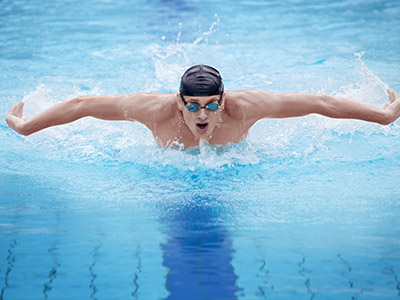 Back to The Grind
Back to The Grind
I’ve decided to write a few articles…maybe more for the National Academy of Sports Medicine (NASM). This article focuses on the etiology of Swimmer’s Shoulder and how to prevent it using NASM’s Corrective Exercise Continuum.
“The shoulder complex is one of the most complex joints of the human body. It consists of articulations between the sternum, clavicle, humerus, scapula, and rib cage. The inclusion of overhead activities into one’s fitness activities such as throwing or swimming can put undue stress on these structures that may potentially lead to various overuse injuries. With over 50 million Americans enjoying swimming recreationally, and the growing popularity shown through rising annual memberships for swimming and triathlon programs, these overuse injuries may experience a similar increase in prevalence (1,2,3). The current range of shoulder pain reported by swimmers is 40-91% (4).” Read the rest…

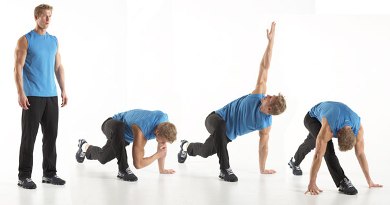 A Meeting of the Minds
A Meeting of the Minds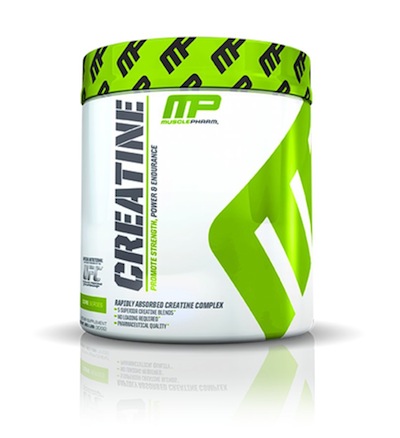 According to the Mayo Clinic,
According to the Mayo Clinic, 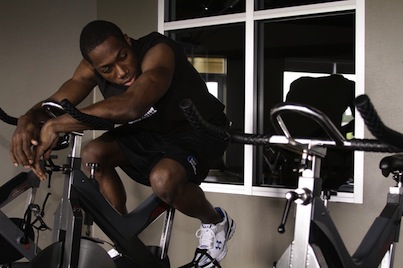 Burnout is a term used for long-term mental, emotional, and physical exhaustion caused by excessive and prolonged stress. It can be caused by work, exercise, sport, or one’s lifestyle, and may even be influenced by certain personality traits such as being a narcissist, perfectionist, or pessimist (1, 2). Symptoms of burnout include apathy, disengagement, feelings of helplessness, lack of motivation, detachment, and depression. In sport, it can occur as a result of stale habits, too much racing, too much training, or repeated letdown. Burnout can often lead to departure from the sport, overtraining syndrome, and in extreme cases even suicide.
Burnout is a term used for long-term mental, emotional, and physical exhaustion caused by excessive and prolonged stress. It can be caused by work, exercise, sport, or one’s lifestyle, and may even be influenced by certain personality traits such as being a narcissist, perfectionist, or pessimist (1, 2). Symptoms of burnout include apathy, disengagement, feelings of helplessness, lack of motivation, detachment, and depression. In sport, it can occur as a result of stale habits, too much racing, too much training, or repeated letdown. Burnout can often lead to departure from the sport, overtraining syndrome, and in extreme cases even suicide.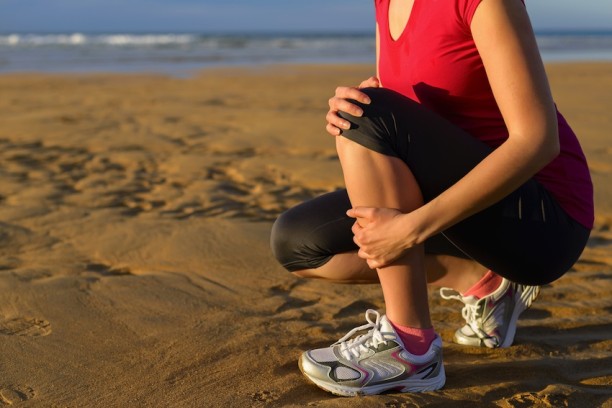 If you’re new to exercise, and decided running would be a great way to get fit, you may have run into a few roadblocks here and there. Hopefully, shin splints weren’t one of them. In case they were, here is a way to rule out if your footwear caused them, and keep them from coming back!
If you’re new to exercise, and decided running would be a great way to get fit, you may have run into a few roadblocks here and there. Hopefully, shin splints weren’t one of them. In case they were, here is a way to rule out if your footwear caused them, and keep them from coming back!